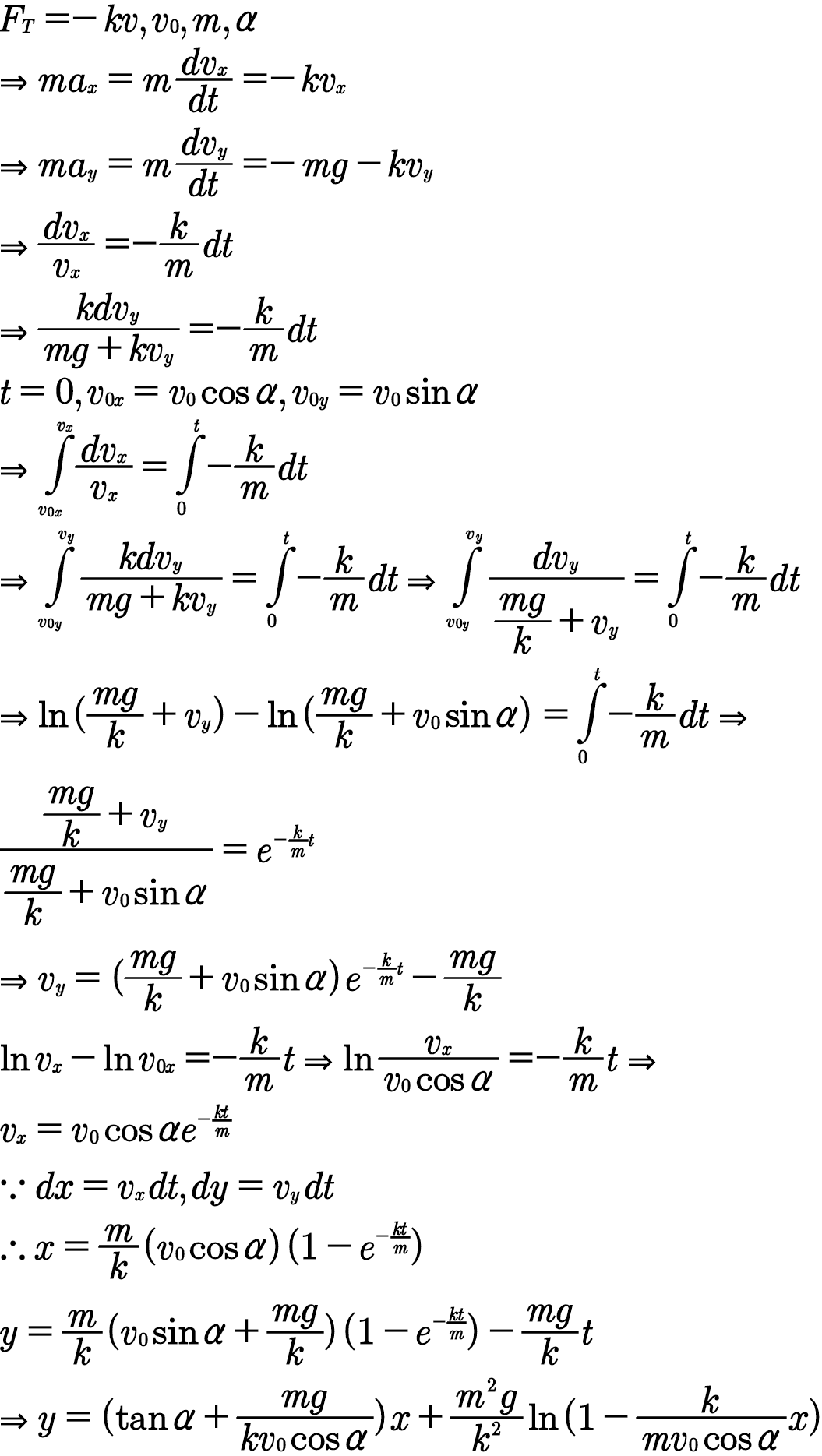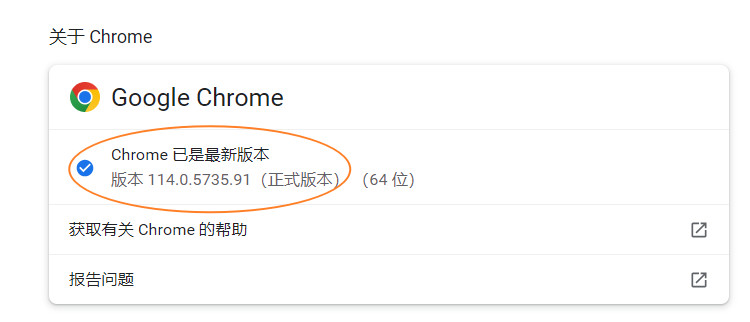箭头函数没有自己的 this 绑定。它们从词法上继承 this 值,这意味着它们从周围的(封闭的)函数或全局作用域继承 this。
换句话说,箭头函数中的 this 指的是定义箭头函数时,在其外部函数中 this 的值。如果箭头函数不在任何函数内部,那么 this 将引用全局对象(在浏览器中是 window,在 Node.js 中是 global)。
让我们用几个例子来说明:
function outerFunction() {this.name = "Outer";const arrowFunction = () => {console.log(this.name); // 输出 "Outer"};arrowFunction();
}const outer = new outerFunction();const globalThis = this; // 全局 thisconst anotherArrowFunction = () => {console.log(this === globalThis); // 输出 true
};anotherArrowFunction();function regularFunction() {this.name = "Regular";const arrowFunctionInsideRegular = () => {console.log(this.name); // 输出 "Regular"};arrowFunctionInsideRegular();
}regularFunction();const obj = {name: "Object",method: function() {const arrowFunctionInsideMethod = () => {console.log(this.name); // 输出 "Object"};arrowFunctionInsideMethod();}
};obj.method();在这些例子中,箭头函数内部的 this 总是指向定义箭头函数时,外部作用域中的 this。这与普通函数不同,普通函数的 this 值取决于函数的调用方式(例如,使用 new 关键字、call、apply 或直接调用)。
因此,记住关键点:箭头函数不绑定自己的 this,而是从其词法作用域继承 this。 这使得箭头函数在处理回调函数、事件处理程序和其他需要访问外部作用域 this 的场景中非常有用,避免了 this 指向错误的问题。









